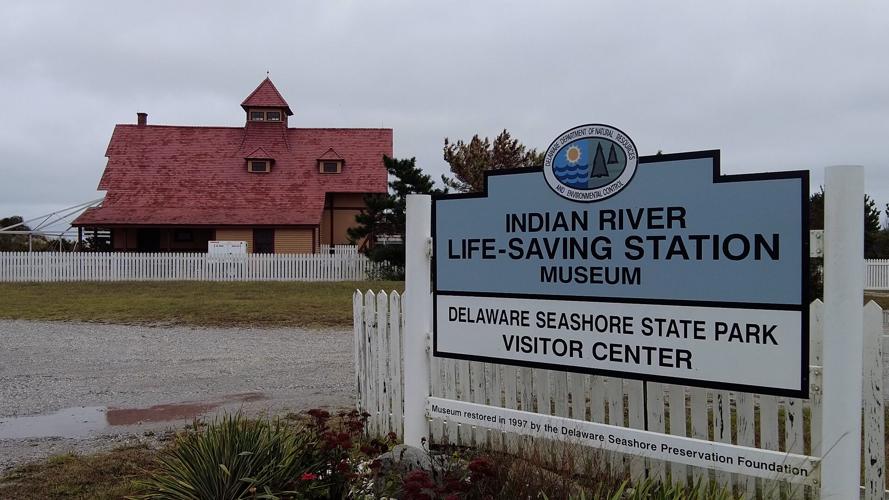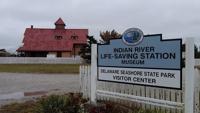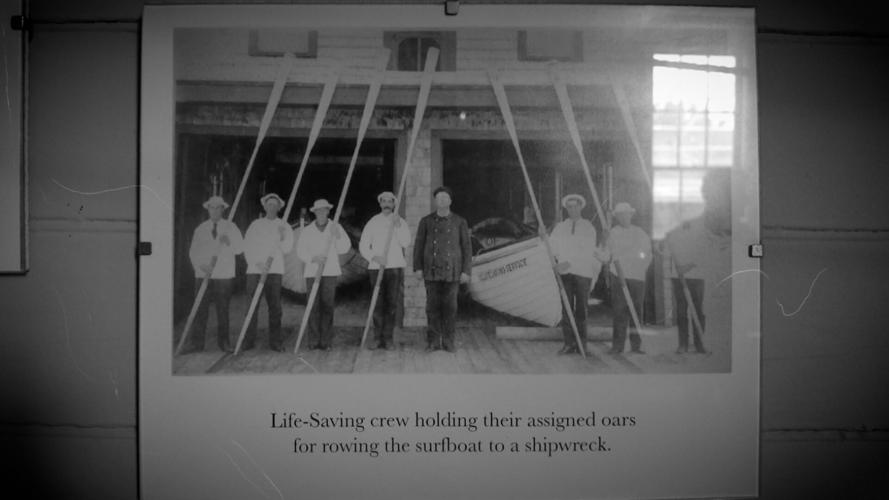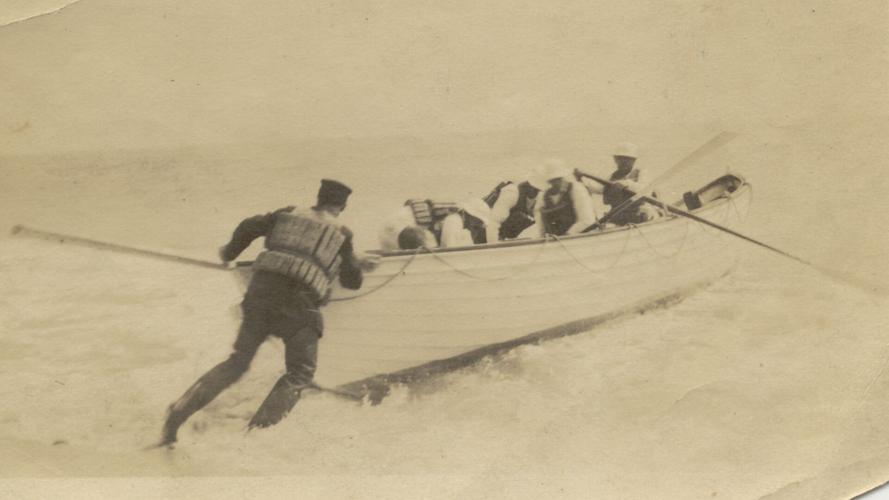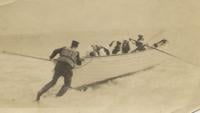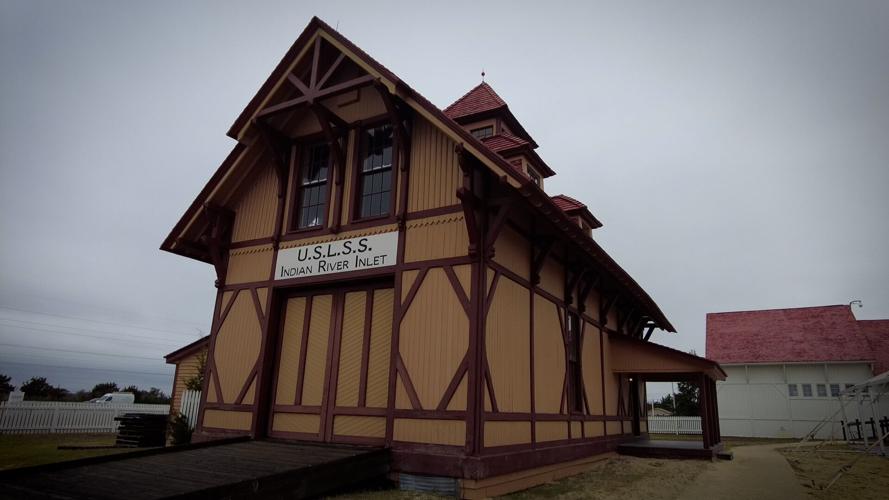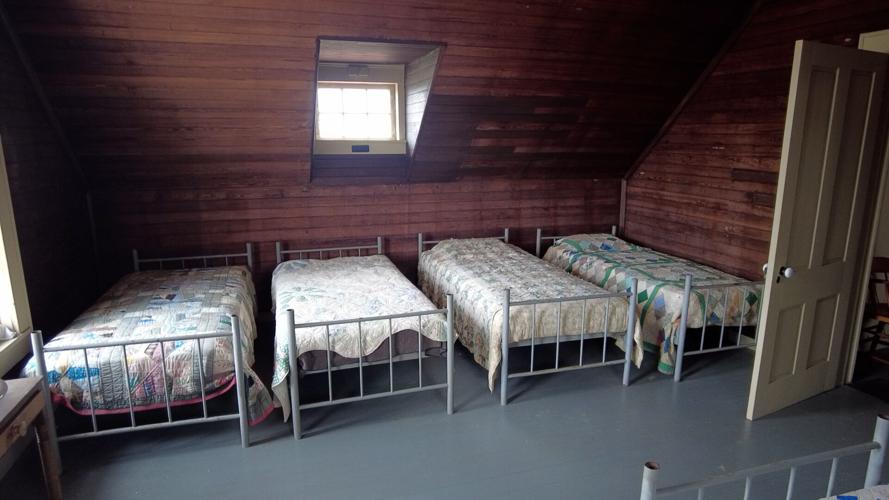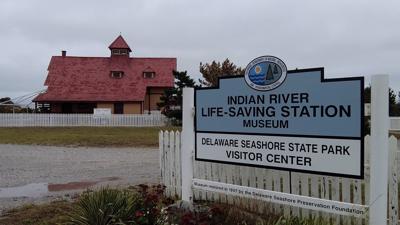This Coastal Connection is sponsored by Baths by Spicer Bros.
REHOBOTH BEACH, Del. - Before the Coast Guard became the nation’s maritime rescue force, the U.S. Life-Saving Service stood watch along the coast, ready to risk their lives to save shipwrecked sailors.

The U.S. Life-Saving Service stood watch along the coast, ready to risk their lives to save shipwrecked sailors.
One of those historic outposts still stands today along Route 1, where visitors can step inside and experience what life was like for the crews who once guarded Delaware’s shoreline.
“At that time most people couldn’t actually swim,” said Tyler Dreiblatt, interpretive programs manager for Delaware Seashore State Park. “So even if shore was in sight, they were probably going to die before they got over here. So really important to have somebody who could respond.”
Dreiblatt gave a tour inside the old station, which once served as a hub for lifesaving operations before the U.S. Life-Saving Service merged with the Revenue Cutter Service in 1915 to form the U.S. Coast Guard.
“If you were actually on patrol and saw a ship in distress, you can’t call them up on the cell phone. Can’t use a walkie talkie,” Dreiblatt said. “So the way you’re going to alert your friends is by using a flare.”

Once alerted, rescue crews had to spring into action.
Once alerted, rescue crews had to spring into action, hauling more than a thousand pounds of equipment across the sand to reach those in peril at sea.
“You’re moving literally a ton of equipment, you know, for miles on sand to the wreck and then starting your rescue,” Dreiblatt said.
According to Dreiblatt, the Rehoboth Beach Life-Saving Station responded to 60 wrecks and saved more than 400 lives during its years of operation. The job came with little pay, small living quarters and constant danger, but those who served were regarded as true heroes.

According to Dreiblatt, the Rehoboth Beach Life-Saving Station responded to 60 wrecks and saved more than 400 lives during its years of operation.
“They were really held in high regard,” Dreiblatt said. “In a time before movie stars or sports heroes, surfmen were some of the first big public heroes.”
While the station’s lookout cupola is no longer used to spot shipwrecks, it continues to serve an important purpose.

The job came with little pay, small living quarters and constant danger, but those who served were regarded as true heroes.
“Just last year we put up something called Station Keeper, which is a whale monitoring program,” Dreiblatt said. “We’ll get signals alerting us to whales in the area. And that will actually pass it off to other ships and kind of help reroute them. So again, we’re not saving human lives here anymore, but we are still saving lives. And I just think it’s a really cool legacy for us to have.”
For those looking to experience a piece of coastal history, the Rehoboth Beach Life-Saving Station Museum offers visitors a chance to see firsthand what it took to protect lives along the Delaware coast more than a century ago.






